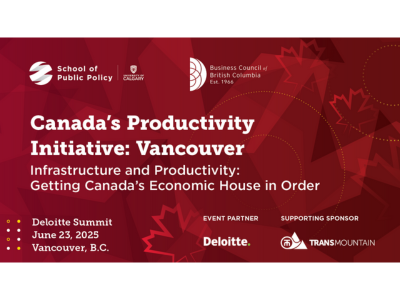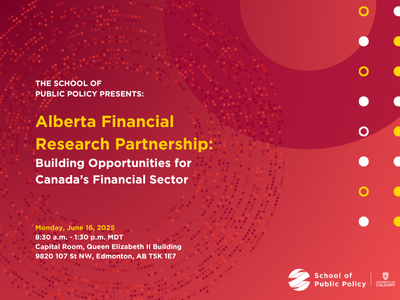Can Alberta’s carbon tax survive?
As the details of Alberta’s proposed carbon tax have emerged, so have many questions. Most of the discussion has focused on whether the tax will reduce the province’s greenhouse gas (GHG) emissions, where the revenue will go and what impact it will have on the economy, businesses and taxpayers. Even though a tax is seen by experts as an effective tool to reduce GHG emissions, opposition parties, some industries and businesses and much of the public have been openly hostile towards the policy. The tax will not take effect until the beginning of 2017 and some details have yet to be worked out. But it is worth asking whether the policy will actually survive long enough to create much of an impact at all. Another way of framing this question is to ask: How resilient or durable is the policy likely to be over time?
In a study of regional carbon pricing systems in North America, Rabe outlines three questions which must be asked to assess the durability of emission-reduction policies.[1] These are: 1) can the policy survive at least one election cycle and the departure of the initial proponents; 2) is the policy flexible enough to adapt to changes in circumstances and potential problems; and 3) does the policy provide tangible outcomes that will create a constituency of support to fight for its retention?
First, will the policy survive at least one election cycle? The NDP have made the carbon tax a central pillar of their agenda and have already invested significant political capital trying to gain support for the policy. If re-elected, it is almost a sure bet they will retain the policy. Premier Rachel Notley has sold the tax as a way to improve Alberta’s reputation on environmental issues across Canada and facilitate the approval of pipelines. If at least one of the three proposed pipelines, two that would travel west through BC, one that would travel east to New Brunswick, is not approved, this could present problems for the NDP’s re-election in 2019.
Opposition parties in Alberta have been critical of the carbon tax. Wildrose Leader Brian Jean and Progressive Conservative Leader Ric McIver have been adamant that the tax will impose unnecessary costs on families, municipalities and community groups, and slow the recovery of the provincial economy. But their primary issue is that the tax is not revenue-neutral and that much of the money will be invested in emission reduction initiatives and other government priorities. It is also worth recalling that Alberta has had a price on carbon through its Specified Gas Emitters Regulation since 2007 which has survived a change in governing party and multiple premiers. Even though there is significant opposition to the NDP’s proposed tax in its current form, the broader prospects for a carbon tax in Alberta are not as dim as it may seem.
This leads to the second question: Can the policy adapt and respond to changes in circumstances or issues that arise during implementation? In BC, the provincial carbon tax survived the departure of its original architect, Premier Gordon Campbell. His replacement, Christy Clark, has been focused on the development of a liquefied natural gas industry in the province. This strategy does not sit well with the province’s emission reduction policies. But rather than eliminate the tax, Clark froze it at $30/tonne in 2012. Many will argue that carbon taxes must continue to increase to be effective. But in BC, the choice was likely between a frozen tax and no tax at all. Adaptation was the only way the policy could survive. The Alberta government has kept their options open by not announcing its plans beyond 2018. This decision will be decried by some, but the flexibility it provides may increase the policy’s resilience.
The government should also be flexible in how the revenue from the carbon tax is spent. As it stands, about two-thirds of the revenue will be allocated to support renewable energy development, green infrastructure, energy efficiency initiatives and implementation of the government’s Climate Leadership Plan. The other third will be rebated to households, business and communities to help them adjust to the tax. The more flexible the government is with revenue allocation, the better able it will be to adjust to changing circumstances and respond to public demand.
Adjusting the tax to meet public preferences is one way to build constituencies of support for the policy. Offsetting the costs of the carbon tax by providing rebates and benefits could create support, or at least mitigate opposition, among the public. The government is banking on this by providing rebates to middle and low-income individuals and families. However, Alberta has traditionally supported lower taxes than other Canadian provinces. It is the only jurisdiction in Canada that does not have a sales tax and, until recently, the provincial income tax rate was flat. Given the opposition parties’ characterization of the policy as a government tax grab, the NDP could increase the carbon tax’s durability by making it revenue-neutral.
Alberta’s carbon tax is not yet in effect and there is a long way to go before the next provincial election in Alberta. It is difficult to answer questions about its durability at this stage. Nevertheless, if the province is serious about reducing its emissions, it is important to begin thinking about whether and how the tax can avoid an untimely demise.
[1] Rabe, B. (2015). The durability of carbon cap-and-trade policy. Governance, 29, 103-119.


